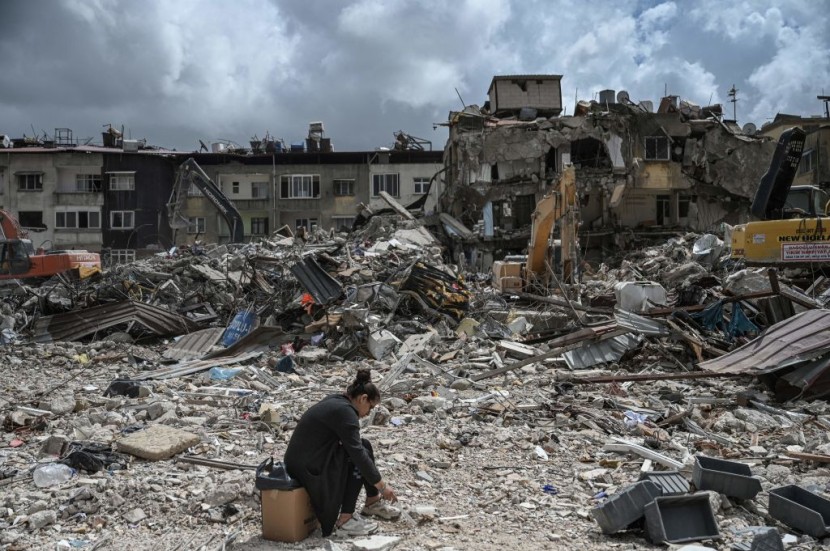Scientists are preparing for a possible devastating earthquake in the northwestern area of the US, as reported by Mirror.

Currently, a hole has been discovered in a fault line in the Pacific near the shoreline of Oregon that is leaking hot liquid. The hole is located on the dipping fault's boundary, also known as Cascade Subduction Zone, that spans from Northern California into Canada.
Experts fear it could unleash a powerful earthquake of -9 magnitude in the Pacific Northwest activated by the hole because of the fault lubricant.
A robotic diver uncovered the hole in a 2015 survey following solar images that captured the bubbles rising from the seafloor. According to data, the plate boundary line was where the leaking liquid was coming from and seemed to be of a higher temperature than the surrounding body of water.
It showed no methane bubbles, but the water came from the seafloor like a firehose. The fluid was observed to be 16 degrees Fahrenheit, warmer than the surrounding seawater. It was also observed coming from the fault line, where temperatures are estimated to be around 300 to 500 degrees Fahrenheit.
An Increase in Friction Between Oceanic and Continental Plates
Strong friction between the oceanic and continental plates can result in seismic activity, such as earthquakes and volcanic eruptions.
The oceanic plate is denser and heavier than the continental plate, which causes it to subduct or dive beneath the continental plate. As the oceanic plate sinks deeper into the mantle, it generates frictional heat and pressure, which can trigger earthquakes and volcanic activity.
In some cases, the subduction of the oceanic plate can lead to the formation of a subduction zone where the two plates converge. The subduction zone is characterized by deep trenches on the ocean floor and a line of volcanoes on the continental plate. As the oceanic plate subducts, it creates a downward force on the overlying continental plate, which can result in compressive stress and deformation of the Earth's crust.
The friction between the two plates can also cause the rocks to deform and break, releasing energy as seismic waves. These seismic waves produce earthquakes that can be felt around the world. The strength and frequency of earthquakes in subduction zones are determined by the amount of friction between the two plates.
Volcanic eruptions can also occur in subduction zones as the oceanic plate melts and forms magma that rises to the surface. This magma can create explosive eruptions that release ash, gas, and lava, which can cause significant damage to nearby communities and the environment.
Related article: Syria Earthquake: Heartbreaking Scene as Dad Mourns Baby's Death
© 2025 HNGN, All rights reserved. Do not reproduce without permission.








